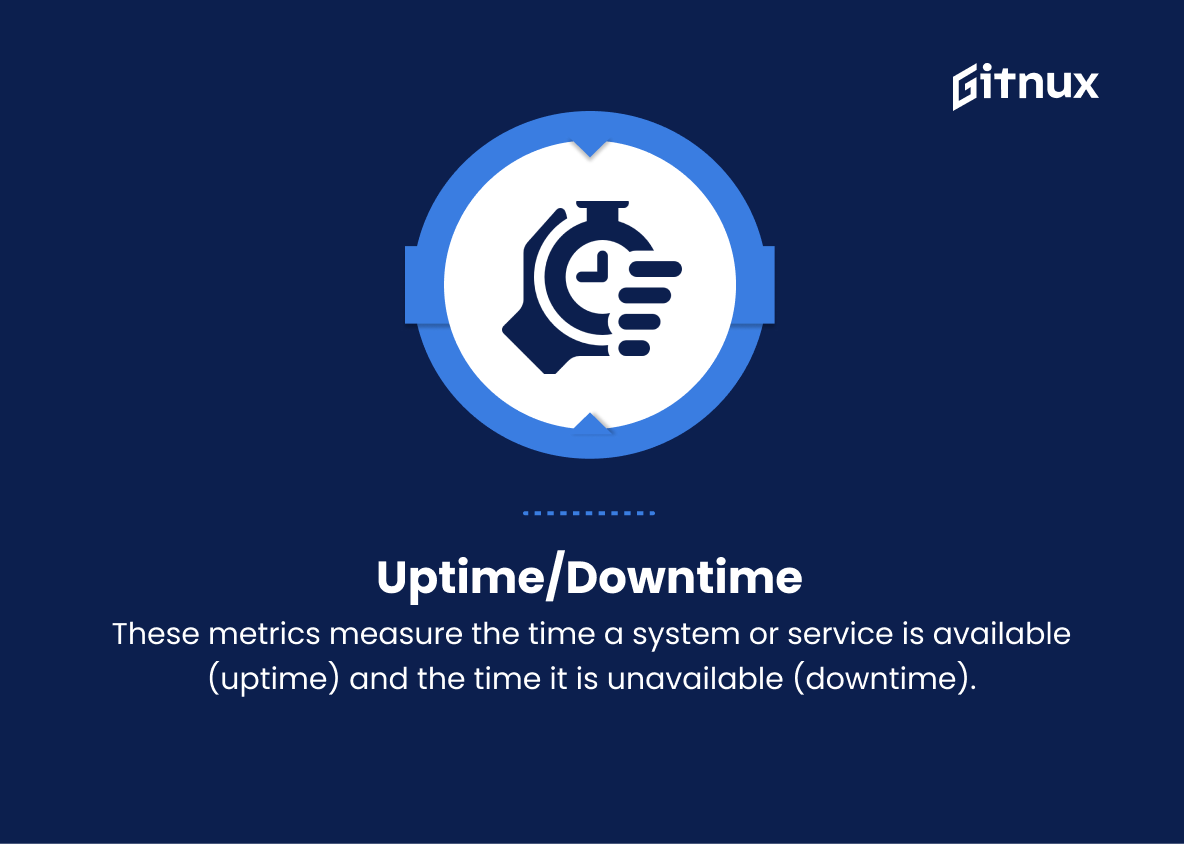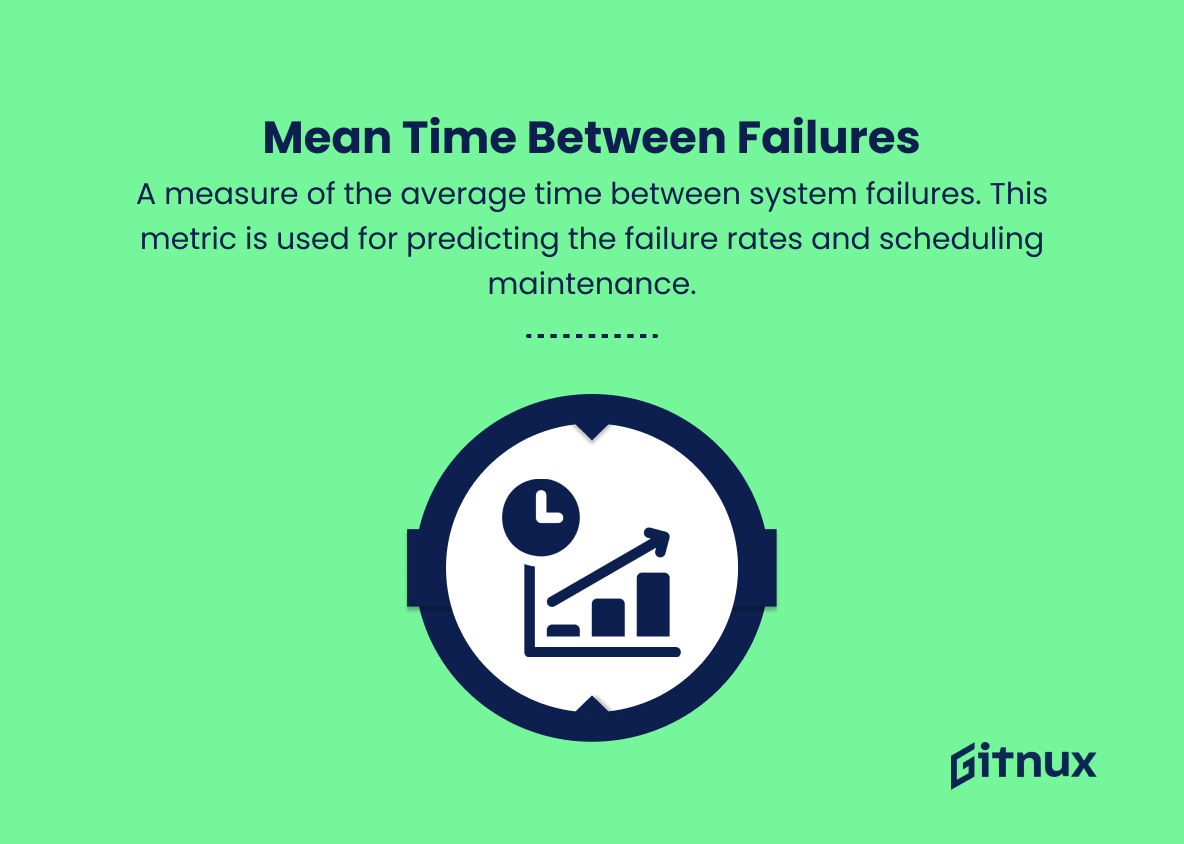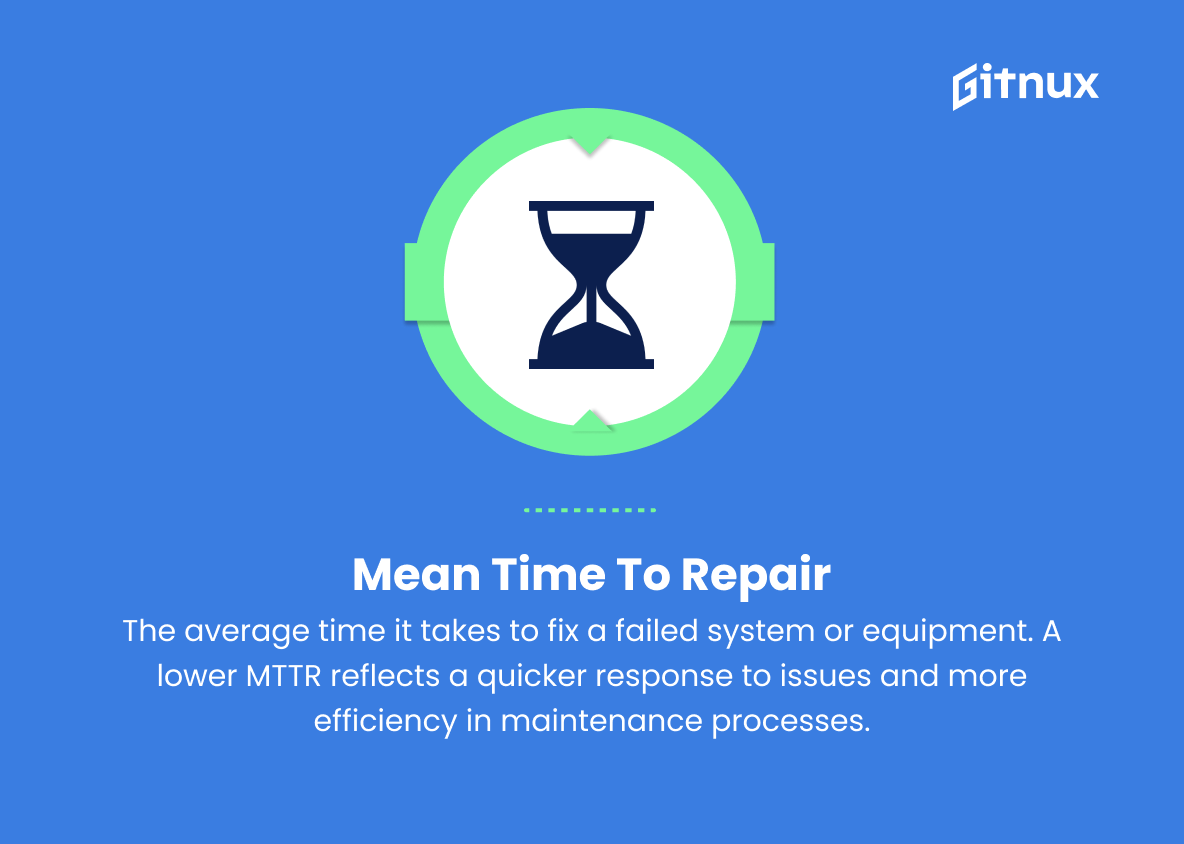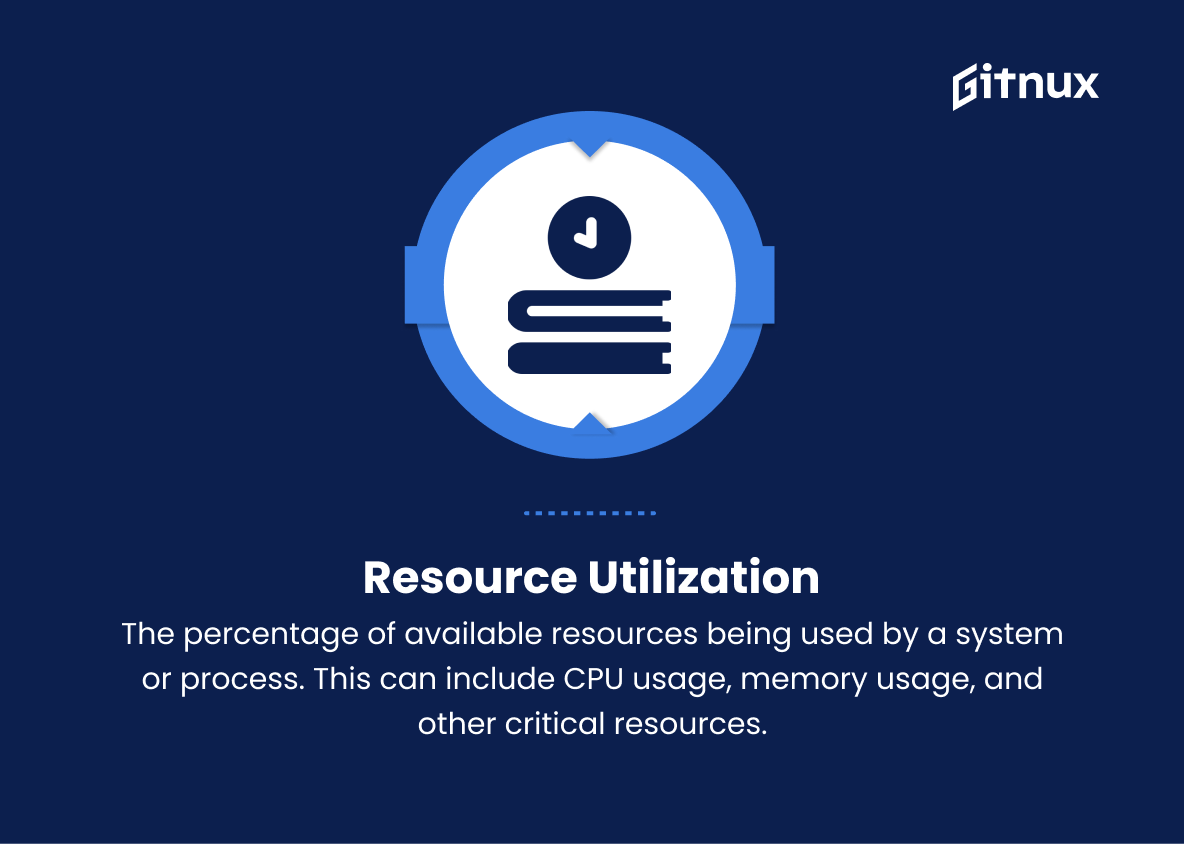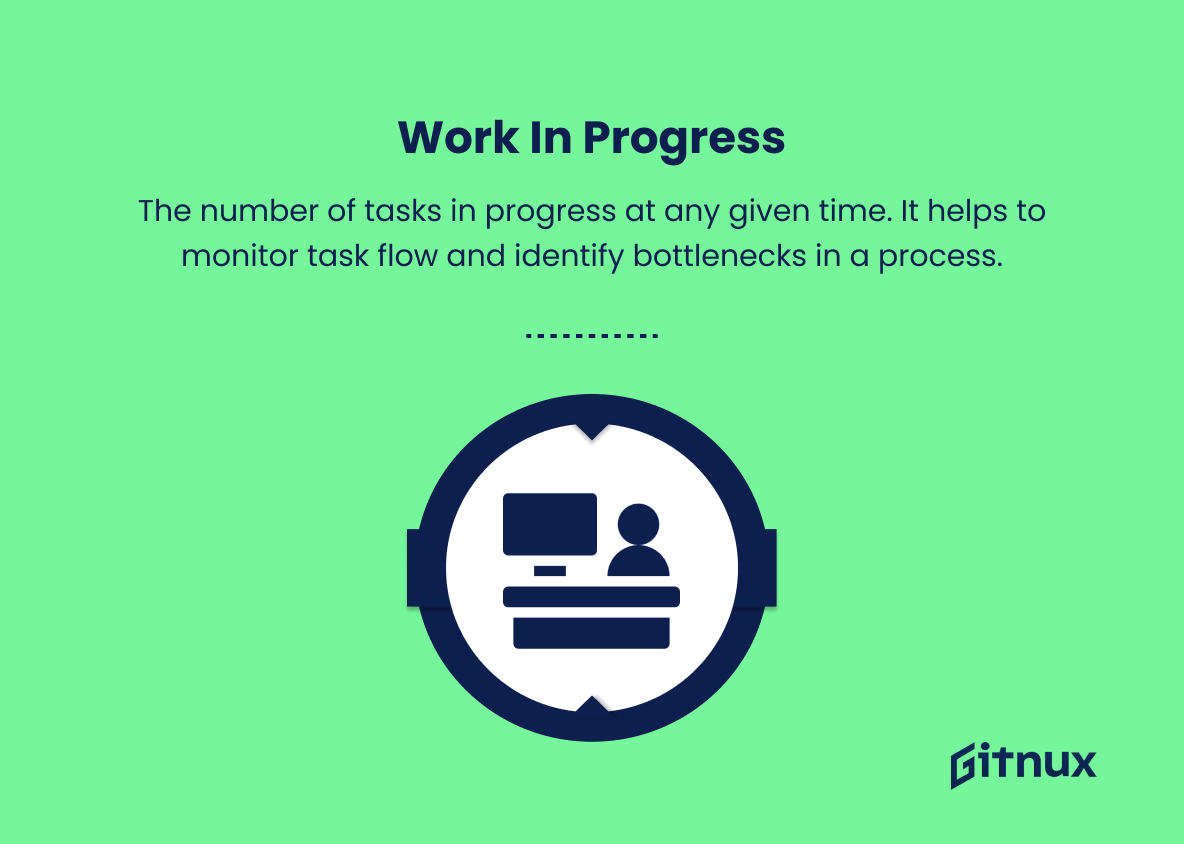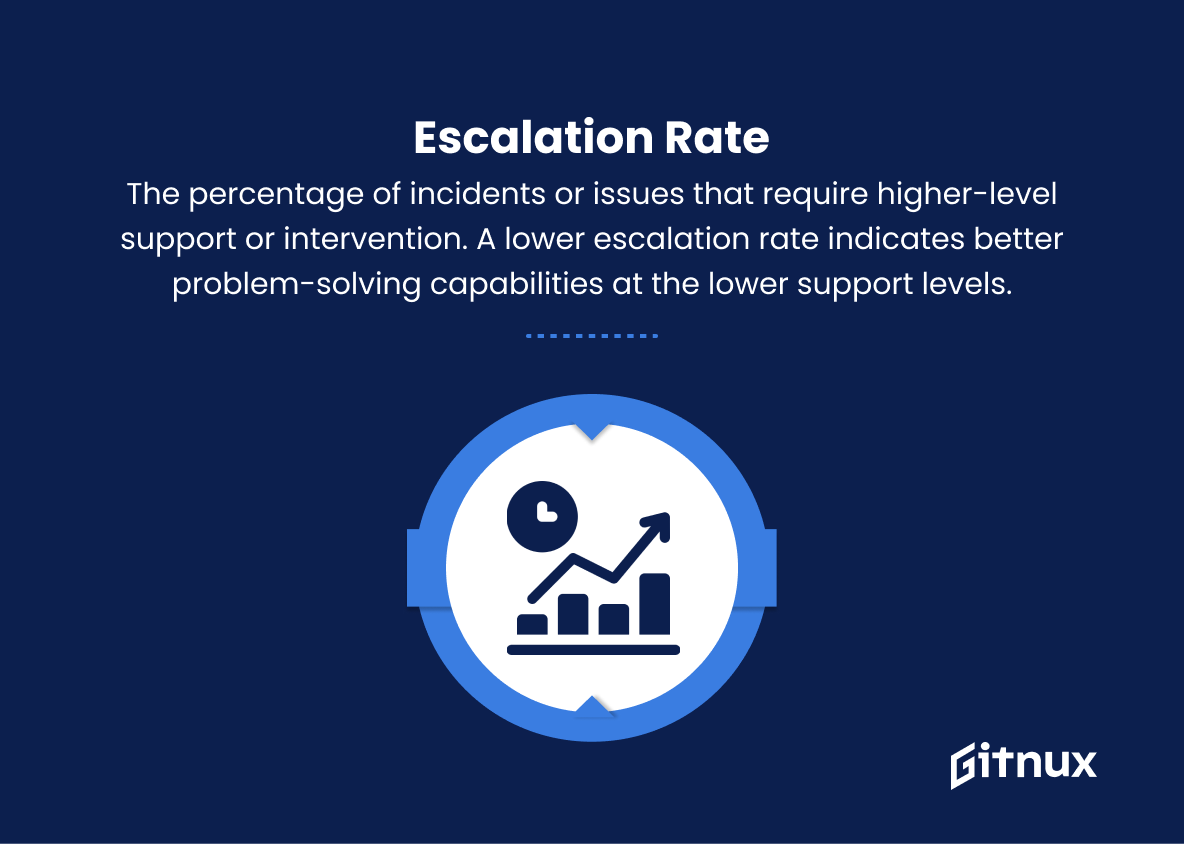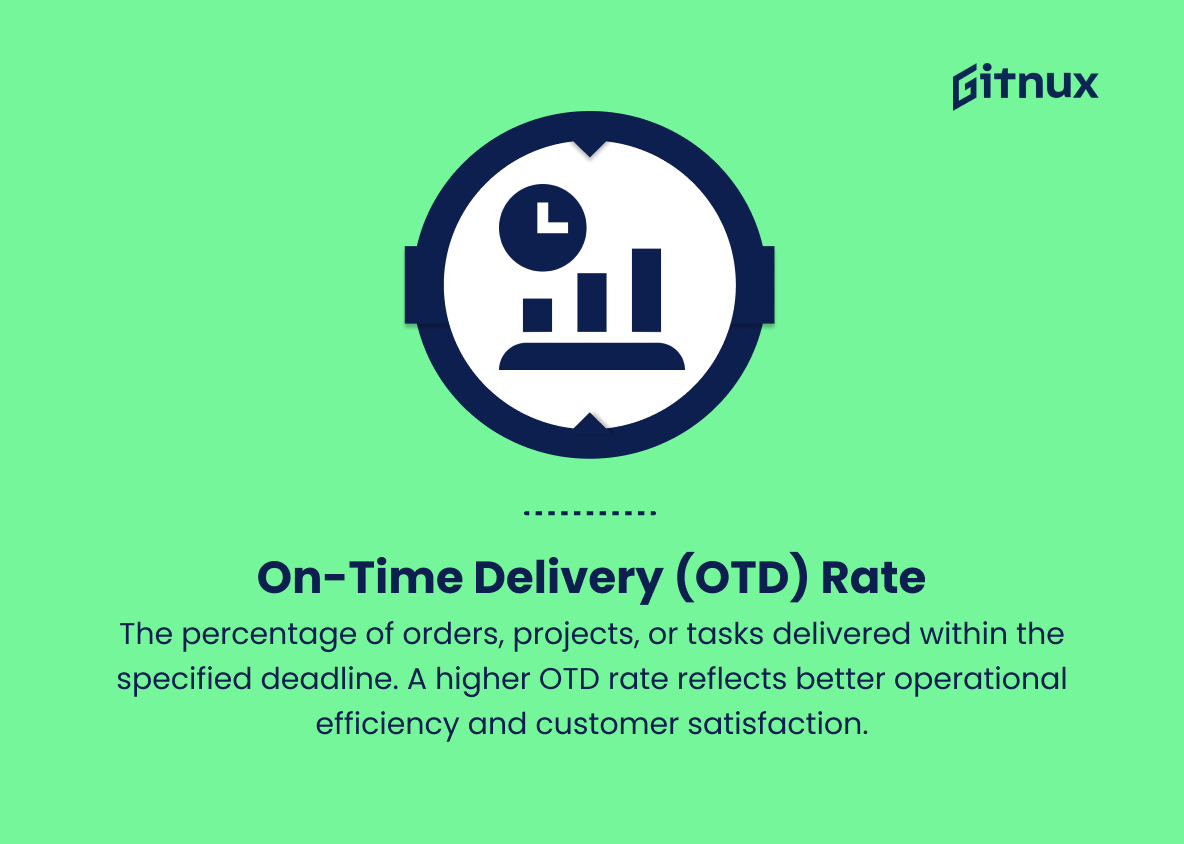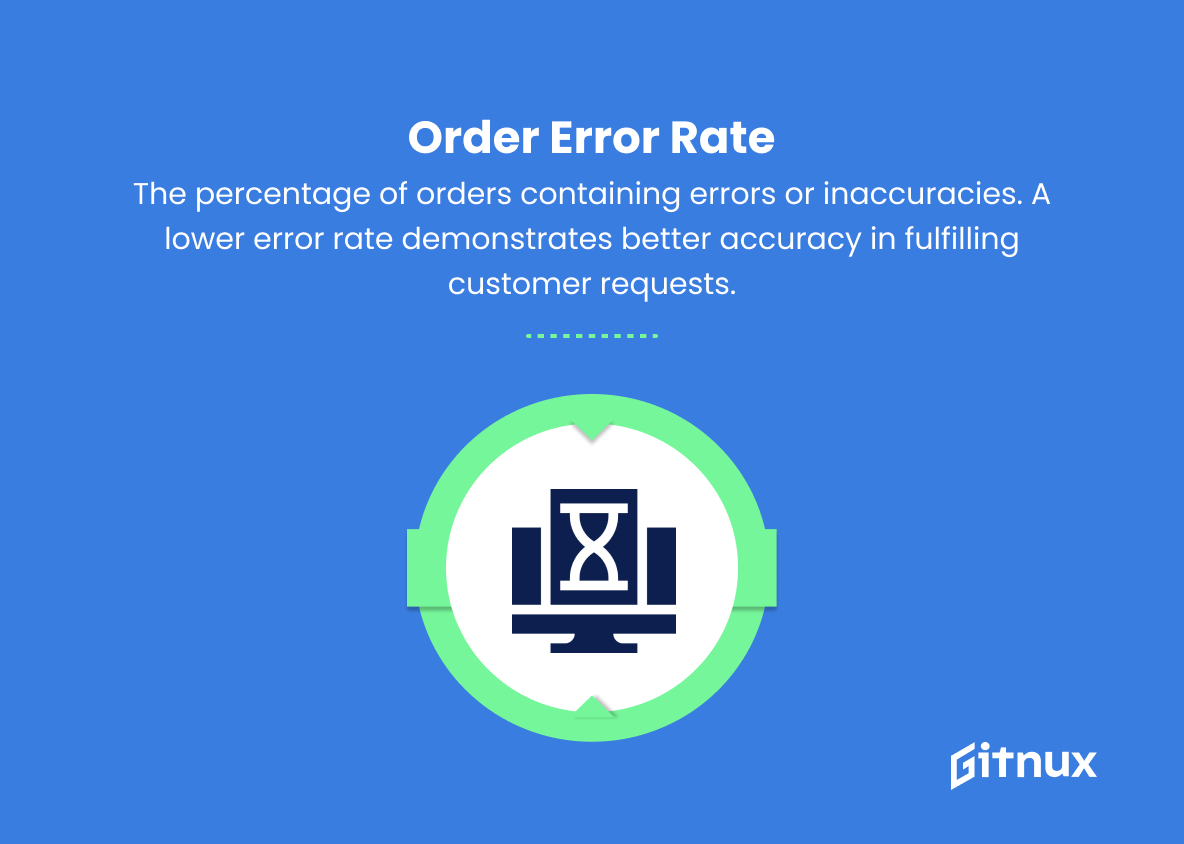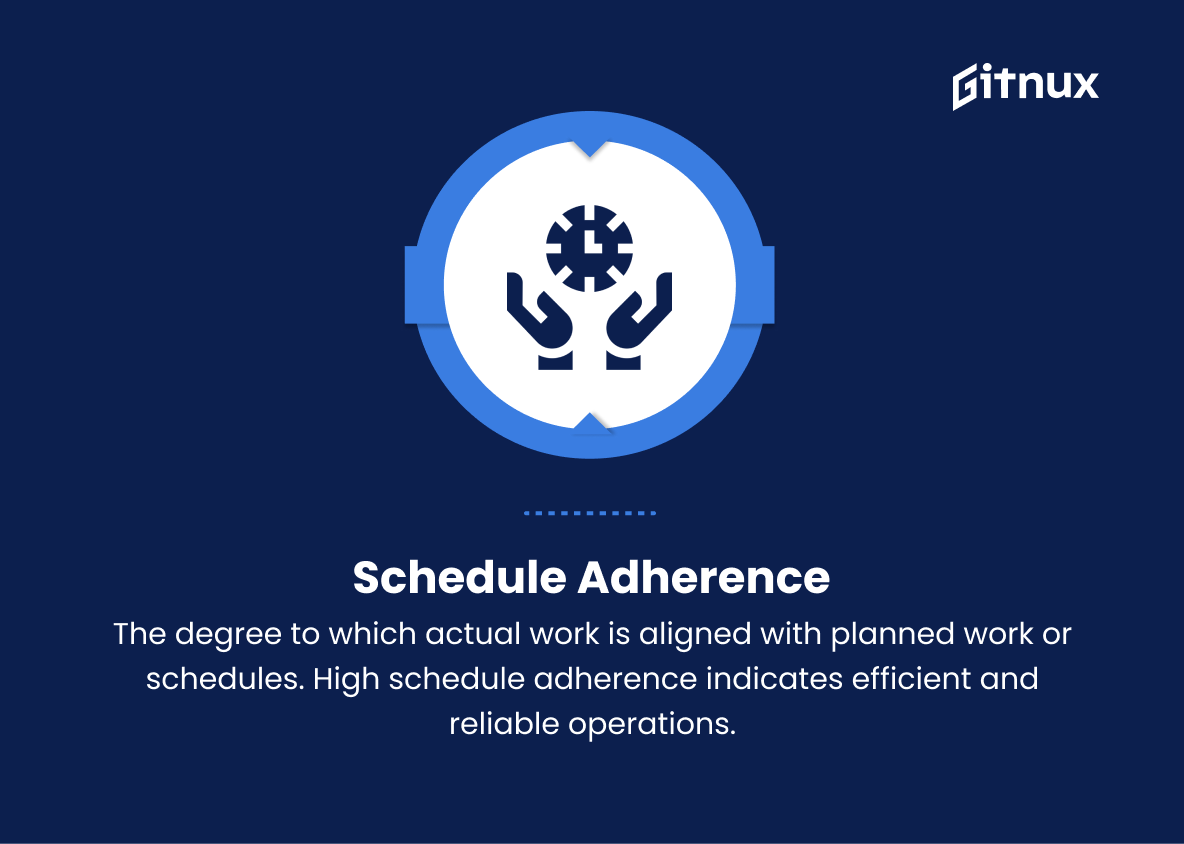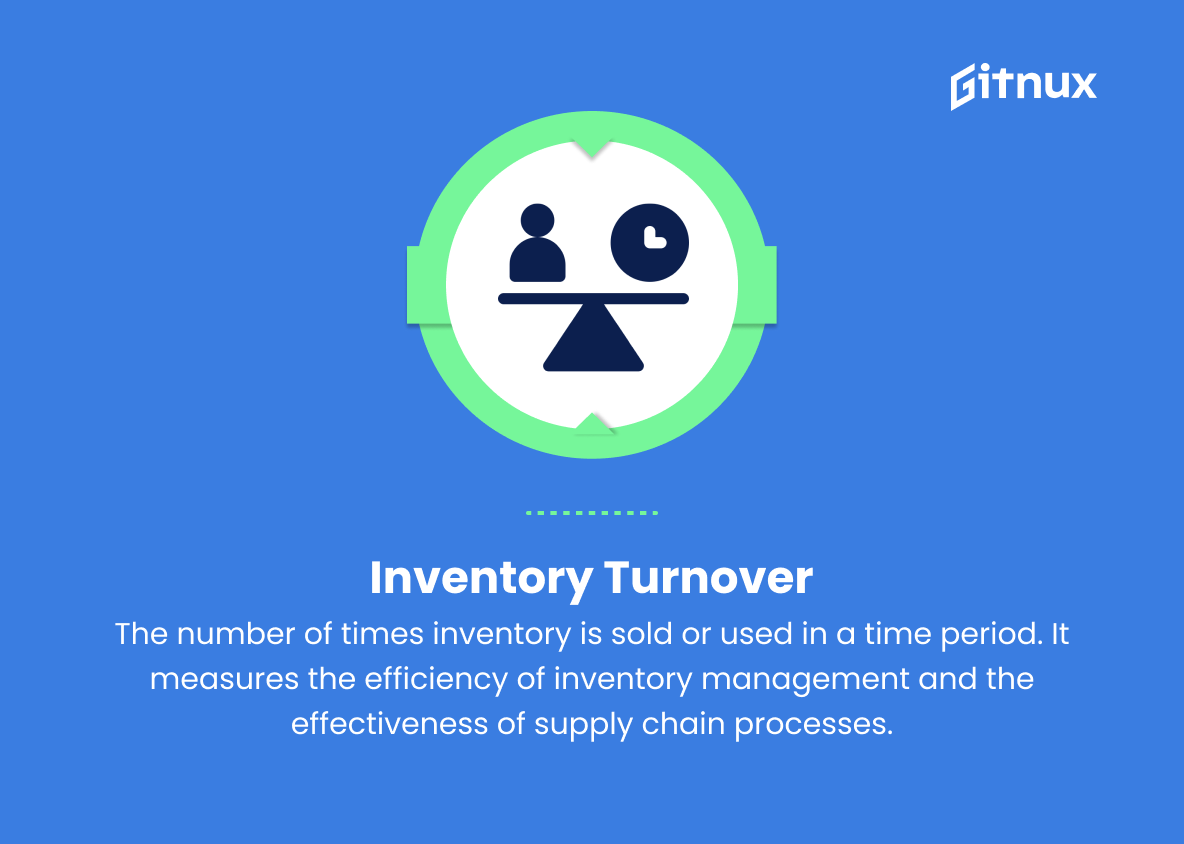In today’s fast-paced business world, it is essential for organizations to consistently monitor and measure their performance to stay ahead of the competition. One of the most effective ways to achieve this is through tracking and evaluating operational metrics.
These powerful indicators allow companies to gauge the efficiency, productivity, and overall health of their day-to-day operations, ultimately driving success and growth. In this insightful blog post, we will delve into the importance of operational metrics, explore key examples and examine best practices for implementation, enabling your business to elevate performance and make strategic, data-driven decisions. So, let’s embark on this journey together and unlock the true potential of operational metrics for your organization.
Operational Metrics You Should Know
1. Uptime/Downtime
These metrics measure the time a system or service is available (uptime) and the time it is unavailable (downtime). This helps in evaluating the reliability, stability, and overall performance of the system.
2. Mean Time Between Failures (MTBF)
A measure of the average time between system failures. This metric is used for predicting the failure rates and scheduling maintenance.
3. Mean Time To Repair (MTTR)
The average time it takes to fix a failed system or equipment. A lower MTTR reflects a quicker response to issues and more efficiency in maintenance processes.
4. Throughput
Throughput measures the number of tasks or processes completed within a time period. It provides an indication of how efficiently a system is processing tasks.
5. First Response Time
This metric tracks the average time it takes for a team to respond to an incoming request or issue. It is an important indicator of customer satisfaction and service quality.
6. First Call Resolution Rate
The percentage of customer issues resolved during the first contact. A higher rate implies better effectiveness in addressing customer problems.
7. Resource Utilization
The percentage of available resources being used by a system or process. This can include CPU usage, memory usage, and other critical resources.
8. Work In Progress (WIP)
The number of tasks in progress at any given time. It helps to monitor task flow and identify bottlenecks in a process.
9. Cycle Time
The time it takes from a task’s initiation to its completion. Cycle time is an indicator of the efficiency of a process or system.
10. Escalation Rate
The percentage of incidents or issues that require higher-level support or intervention. A lower escalation rate indicates better problem-solving capabilities at the lower support levels.
11. On-Time Delivery (OTD) Rate
The percentage of orders, projects, or tasks delivered within the specified deadline. A higher OTD rate reflects better operational efficiency and customer satisfaction.
12. Order Error Rate
The percentage of orders containing errors or inaccuracies. A lower error rate demonstrates better accuracy in fulfilling customer requests.
13. Schedule Adherence
The degree to which actual work is aligned with planned work or schedules. High schedule adherence indicates efficient and reliable operations.
14. Customer Churn Rate
The percentage of customers who leave or discontinue a service within a specific time frame. This metric is critical to understanding customer satisfaction levels.
15. Inventory Turnover
The number of times inventory is sold or used in a time period. It measures the efficiency of inventory management and the effectiveness of supply chain processes.
Operational Metrics Explained
Operational metrics play a crucial role in evaluating the efficiency and effectiveness of a business’s processes and systems. Uptime/Downtime, MTBF, and MTTR metrics help assess system reliability, stability, and maintenance efficiency, ensuring optimal performance. Throughput, First Response Time, First Call Resolution Rate, and Resource Utilization provide insights into system productivity, issue resolution, and resource management.
WIP, Cycle Time, and Escalation Rate help identify bottlenecks and monitor task flows, while OTD Rate, Order Error Rate, and Schedule Adherence evaluate timely delivery and accuracy of customer requests. Finally, Customer Churn Rate and Inventory Turnover offer insight into customer satisfaction and inventory management effectiveness. Together, these metrics form a comprehensive picture of the organization’s overall operational performance, allowing for continuous improvement and informed decision-making.
Conclusion
In conclusion, understanding and utilizing operational metrics is essential for the success and growth of any business. By carefully analyzing such key indicators, businesses can improve efficiency, reduce costs, and optimize their performance to stay ahead of the competition. Companies should invest time and effort in properly identifying, monitoring, and managing the most relevant operational metrics that align with their objectives and goals.
This way, they will be better equipped to make data-driven decisions, adapt quickly to changes in the market, and ensure long-term profitability and sustainability. Overall, operational metrics should not be overlooked, as they can provide valuable insights and empower businesses to reach their full potential.
